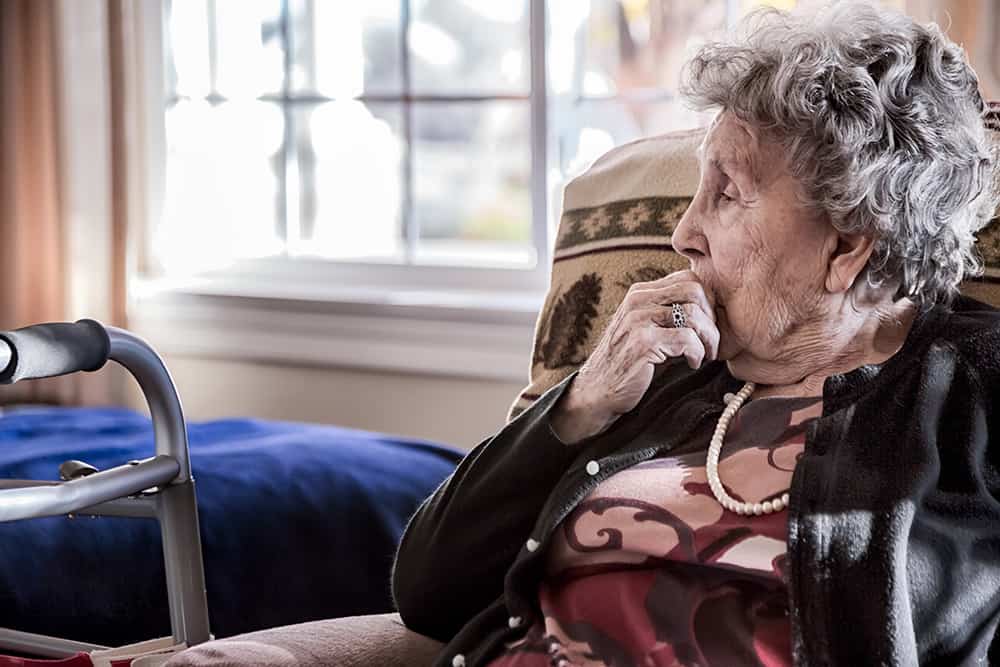Sharing services, robotics and more – can technology provide adult social care answers?

Adult social care in the UK gets a bad press. It’s chronically underfunded as a service and we’re all living for much longer. But as local authorities ponder over a long-term solution to many of its current challenges, it’s clear that an alternative approach to accessing, managing and delivering care is needed if the nation’s future care needs are to be met.
We recently conducted a piece of independent market research, surveying the views of 2,000 people – a mix of those who receive care, family and friends that provide care and people with an interest in what care should be like for them in the future. Unsurprisingly, the overriding findings from the research showed that people want a better way for their care needs to be met, with 72% of adult care recipients and 78% of people caring for others believing that there’s a better way of delivering care to adults and the elderly.
Interestingly, the research pointed to the use of technology as being ‘a better way’ to deliver care, with over three-quarters of people (76%) prepared to trial the use of technologies to access and manage their care.
The research showed that the majority of respondents were keen to embrace technology to help them in a variety of ways. 88% of respondents were interested in the use of technology to help them remain independent; 87% believe it has the potential to keep them safe; an equal number think it will help them to keep control of their own care; while 84% would like it to help them stay informed; and 82% think it might just be the answer to allowing them to remain at home for longer.
What’s more, to really test the appetite for innovation in care, we asked whether our respondents were opposed to the idea of robotics being involved in their care if it meant an improvement to their quality of life and were open to it being used to assist them physically:
- Improving safety e.g. detecting hazards (61%)
- Helping with mobility (60%)
- Assisting with lifting and moving (59%).
However, there seems to be a little more resistance to the use of robots for mental assistance, suggesting people want to be able to think for themselves for as long as possible:
- Less than half (46%) are receptive to the idea of using robots to provide them with information
- Similarly, 45% of respondents would be open to the use of robots for therapeutic benefits
- Just under a third would consider using them for companionship purposes
- And, only 20% would consider allowing a robot to make a decision for them e.g. deciding what to eat
Despite these figures being lower, there is still a relatively significant group of people who consider robotics beneficial for non-physical support.
As ambitious and futuristic as those questions might be, it’s clear that both those being cared for and those doing the caring are willing to try new ways or methods for achieving the best outcomes for themselves or their family members. However, the research also showed that less than a quarter (23%) of those receiving care feel as though they know enough about the types of services on offer to make informed decisions about their care choices in the future. It also highlighted that many people are confused by how much their current care actually costs, with a staggering 71% of care recipients admitting they had little or no idea about this.
In addition to supporting people in their homes, technology could provide the answer to help councils too. With 87% of respondents believing technology can help them to keep control of their own care, councils have a real opportunity to create and facilitate a care system built around the person. Using technology to support bringing people, communities and providers closer together in the way care is managed, paid for and provided.
Technology can also keep care recipients and their carers better informed on the social care and community-based care and support options available to them. A recent report from SOCITM found that half of councils fail to provide good online service to support adult social care.
Technology also provides the perfect platform for sharing services with others to reap multiple benefits. For example, if a care recipient regularly attends a local lunch club and pays for a taxi service to get there and back, by sharing details of this service online with other local people who are also interested in attending, but haven’t because they can’t get there, may be able to take advantage of the lift share. Technology has the means to unite isolated people and increase their overall well-being, rather than solely meet their care needs.
The research showed that very few people are currently sharing services, overall just 3% of cared-for people and 5% of carers claim to already be doing so. While in contrast, 59% of cared-for and 67% of carers are open to the idea or would definitely consider it to meet a number of agendas including cost savings, sharing advice, sharing skills and other social benefits.
Technology has so much to offer the adult social care market, but it is yet to be implemented in a consistent way to help more people access, manage and deliver a variety of care and support options. Today, the vast majority of us use online banking, do our monthly food shop via supermarket websites and many even arrange doctor appointments or order prescriptions digitally, so why not use it more widely for adult social care? Technology has a key role to play and the possibilities are significant and rewards could mean better outcomes for those in need of care, carers and councils alike.


